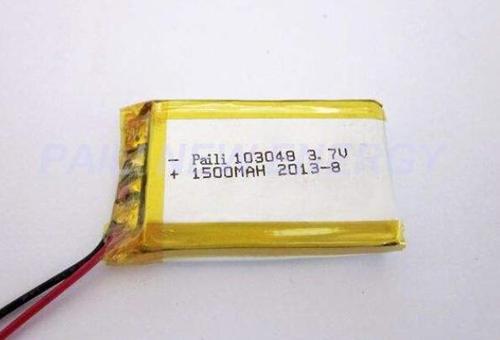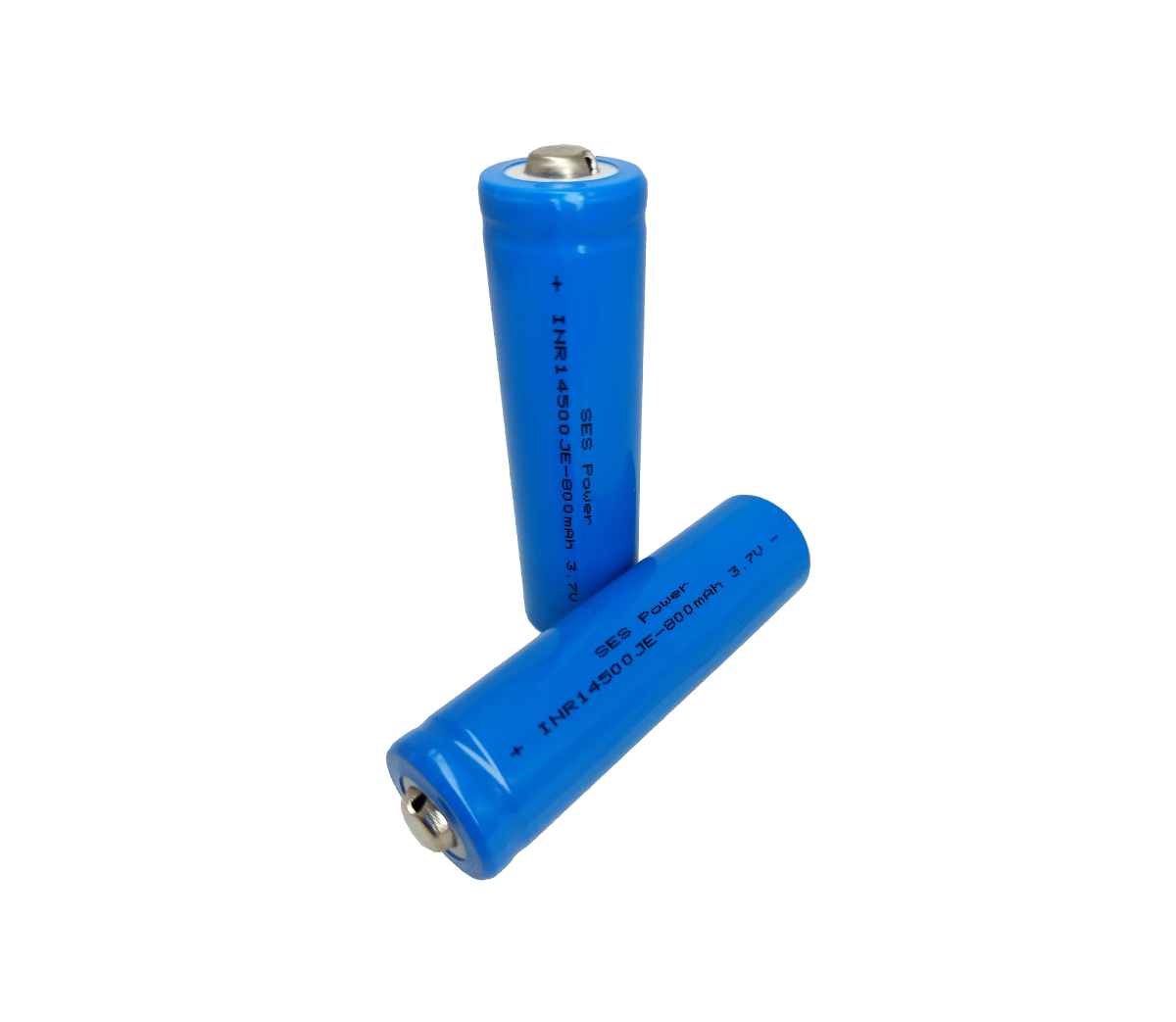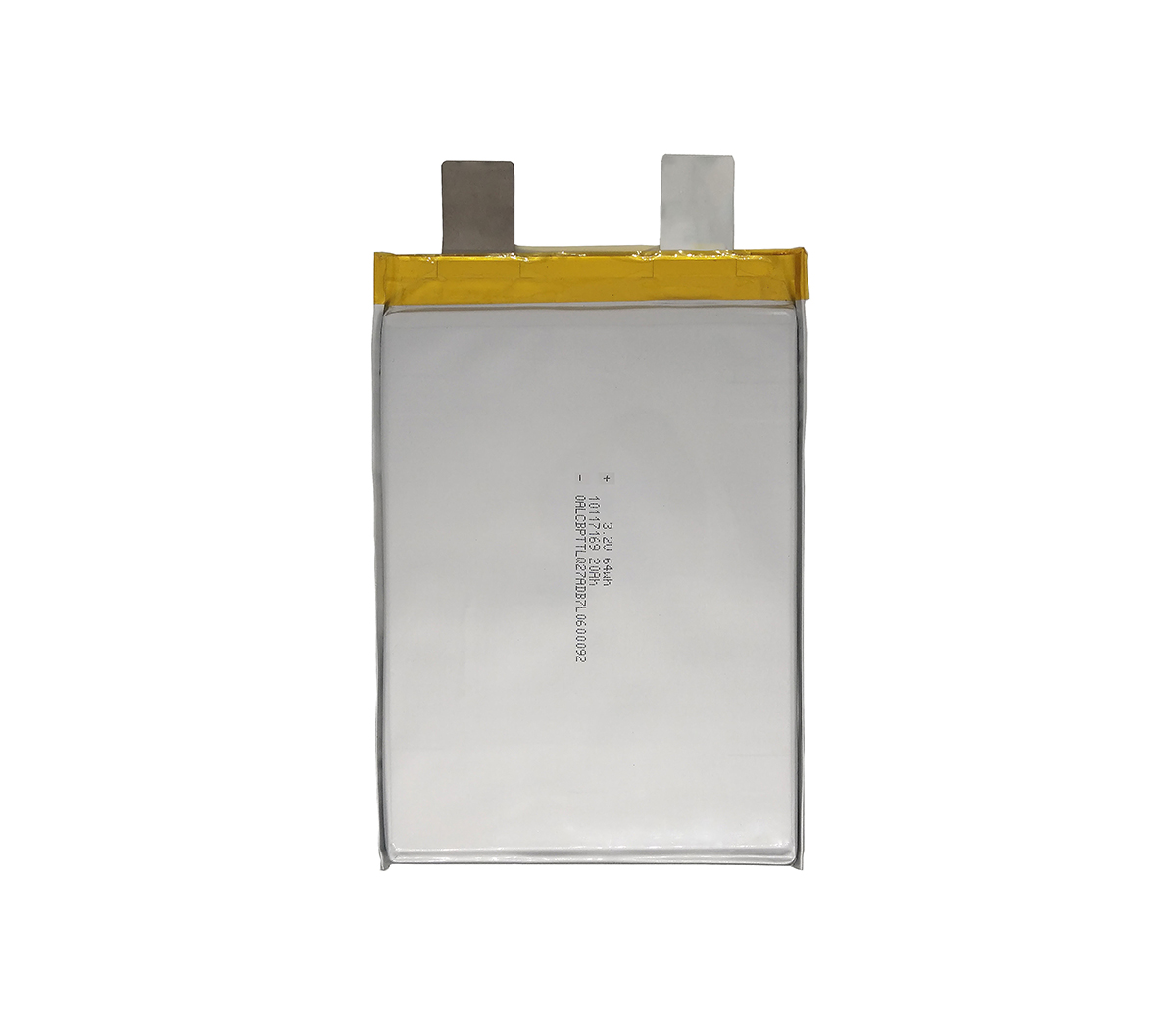
Carbon is widely present in nature. In addition to the most well-known
graphite and diamond, fullerenes discovered in 1985 and carbon nanotubes
discovered in 1991 expanded the family of carbon materials. It also enables
people to have a deeper understanding of the diversity of carbon elements. At
the same time, nanotechnology triggered by fullerenes and carbon nanotubes is of
great significance to the development of human society in the future. As the
newest member of carbon materials, graphene is a two-dimensional carbon atom
crystal with sp2 hybrid orbitals. It was discovered in 2004 by Geim of the
University of Manchester, UK, and can exist stably. It is currently the thinnest
material in the world. A material with a thickness of one atom. Graphene not
only has excellent electrical properties (the electron mobility can reach
200,000cm2V-1s-1 at room temperature), it is light in weight, has good thermal
conductivity (5000Wm-1K-1), and has a large specific surface area (2630m2g-1).
Modulus (1100GPa) and breaking strength (125GPa) are also comparable to carbon
nanotubes, and they also have some unique properties, such as quantum Hall
effect, quantum tunneling effect, etc. Due to the above unique nanostructure and
excellent performance, graphene can be used in many advanced materials and
devices, such as thin film materials, energy storage materials, liquid crystal
materials, mechanical resonators, etc. Graphene is a single-layer graphite with
easily available raw materials, so it is cheap and not as expensive as carbon
nanotubes. Therefore, graphene is expected to replace carbon nanotubes as a
high-quality filler for polymer-based carbon nanocomposites. Among the many
properties of graphene, the specific surface area is high and the conductivity
is good. The most important thing is that the capacitance of graphene itself is
21μF/cm2, reaching the upper limit of all carbon-based electric double layer
capacitors, which is higher than other carbon materials. , Is an ideal material
for manufacturing supercapacitors.
Supercapacitors, also called electrochemical capacitors, are a new type of
energy storage device with energy density and power density between traditional
capacitors and batteries. Supercapacitors have the advantages of batteries and
traditional capacitors, such as energy density. High, high power density, fast
charge and discharge, long cycle life, instantaneous high current discharge and
no pollution to the environment. It is a new type of energy storage and energy
saving equipment developed in the past ten years.
Since graphene is an ideal filling material for supercapacitors, it has
attracted much attention to compounding it with other materials to prepare
supercapacitor materials.
There are two main types of composite materials. The first is the composite
of graphene and polymer conductive materials. Among them, the most studied
composite material is graphene and polyaniline. The second is the composite of
graphene and metal oxide, of which the most researched is the composite of
graphene and manganese dioxide. This article mainly summarizes the research of
these two kinds of composite materials.
Graphene and polyaniline composite materials are used in supercapacitor
materials. In addition to the special properties of graphene mentioned above,
polyaniline has the advantages of high conductivity, easy synthesis, and low
monomer cost. Zhao et al. prepared polyaniline/graphene composites by in-situ
polymerization under acidic conditions, and found that polyaniline was uniformly
adsorbed on the surface of graphene, or evenly dispersed between graphene
sheets, at a current density of 0.1A/ At g, the specific capacitance is as high
as 480F/g, and it has good cyclability.
Li et al. conducted in-situ anodic electropolymerization on graphene sheets
to generate polyaniline, and the resulting composite material had a tensile
strength of 12.6MPa and a high and stable electrochemical capacitance (weight
specific volume of 233F/g, volume specific volume of 135F/ cm3), more than many
other currently available carbon-based flexible electrodes, so it has great
prospects in flexible supercapacitors.
Shi et al. first prepared a stable mixture of chemically modified graphene
and polyaniline fibers, and then vacuum filtered to obtain graphene/polyaniline
fiber film composites, in which the polyaniline fibers were evenly dispersed
between the graphene interlayers The composite material has stable mechanical
properties and high flexibility, and can be bent at a large angle to obtain the
desired shape. When the content of modified graphene is 44%, the capacitance is
the largest, 210F/g.
Yan et al. reported that a composite paper of polyaniline and graphene was
obtained through a simple and rapid solution mixing and in-situ polymerization
method. This composite material has good electrical properties. It is worth
mentioning that the composite paper is in biological The field has potential
application value. Wei et al. compounded functionalized graphene and polyaniline
nanoparticles to obtain a capacitance of 1046F/g, which is almost twice that of
pure polyaniline materials.
The second is the composite of graphene and metal oxide, and the most
researched is the composite of graphene and manganese dioxide. Wei et al. mixed
potassium permanganate with graphene and used microwave radiation to reduce
potassium permanganate to manganese dioxide. The reduced manganese dioxide was
deposited on the surface of graphene. This composite material was used as the
anode and activated carbon was used as the cathode. The capacitance is
114F/g,
The number of cycles can reach 1000 times to obtain a super capacitor. Yang
et al. obtained a composite material of multilayer polydiallyldimethylammonium
chloride modified blackstone and manganese dioxide through a self-assembly
method, which has a higher capacitance and a higher number of cycles.
In summary, with the continuous progress of society, the continuous
consumption of resources, and the continuous development of the economy,
graphene composite materials will surely play an extremely important role in the
future electronic field.



































